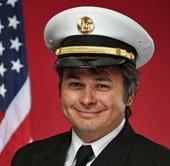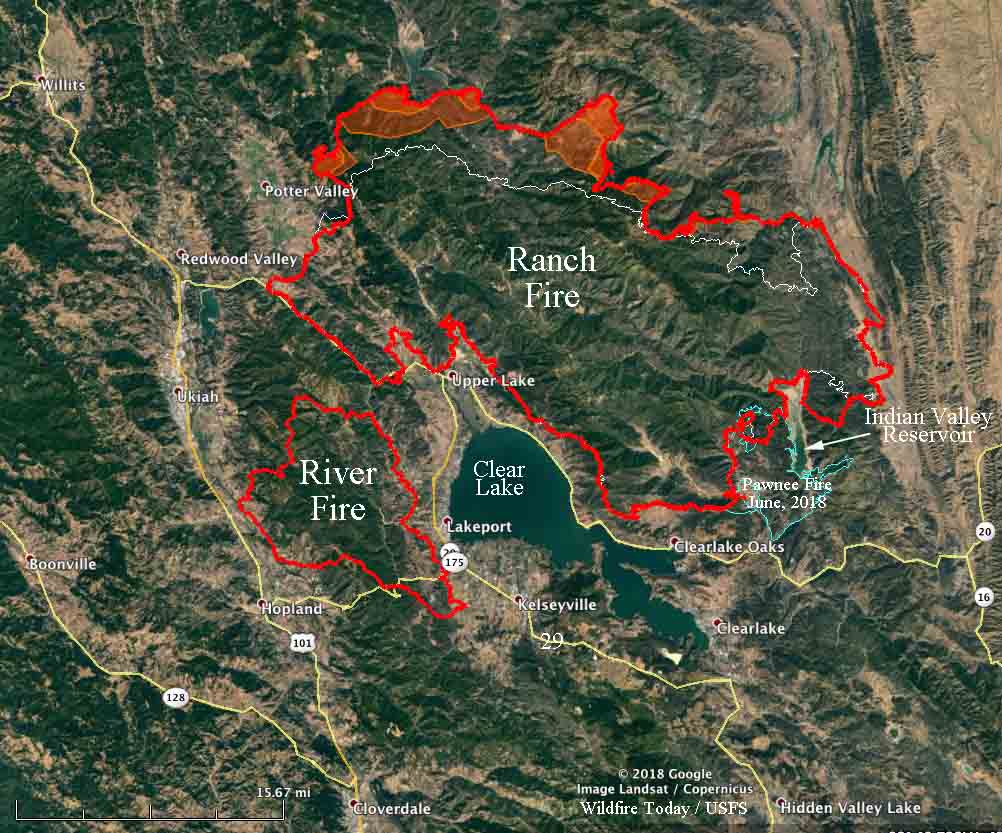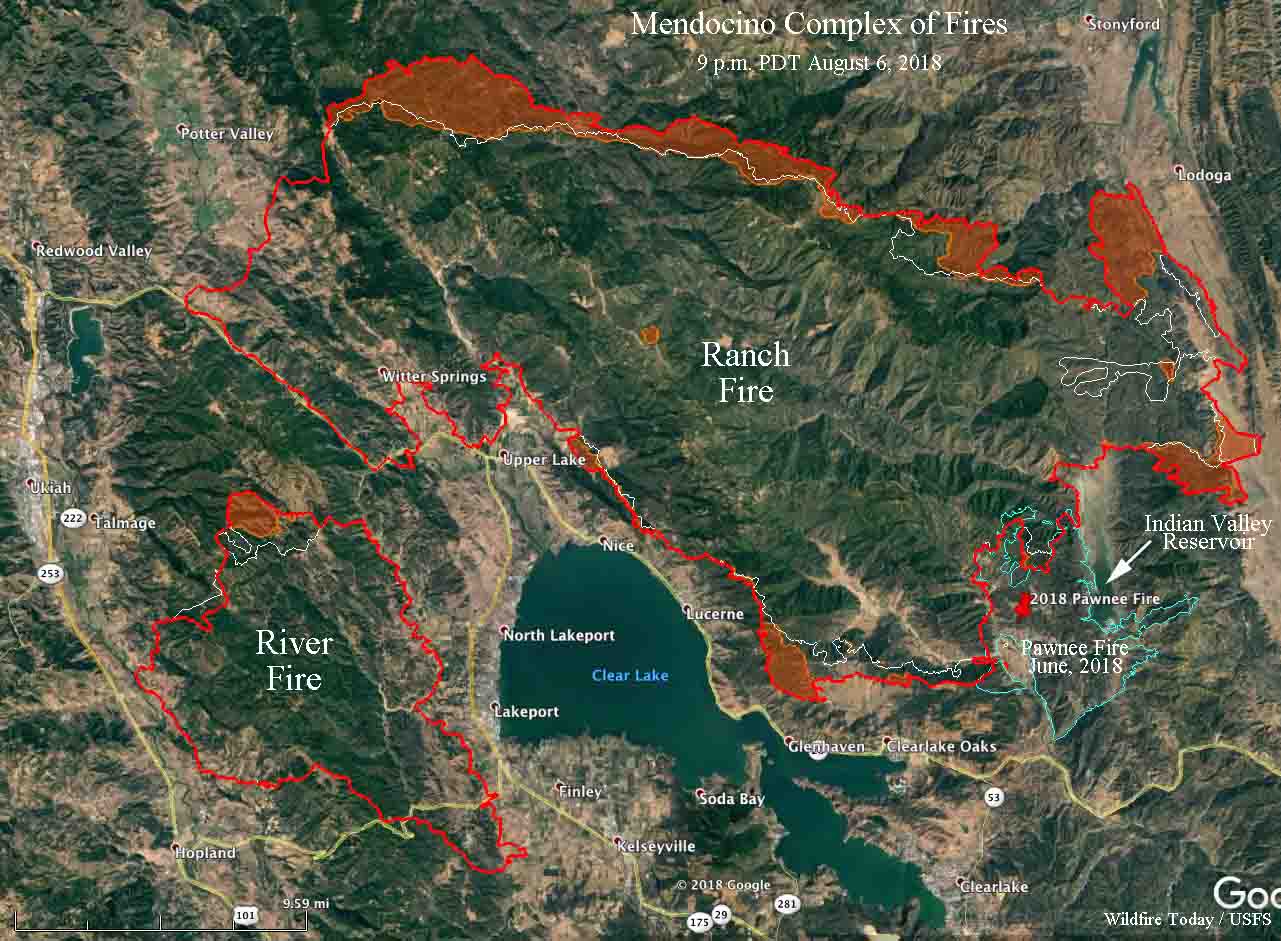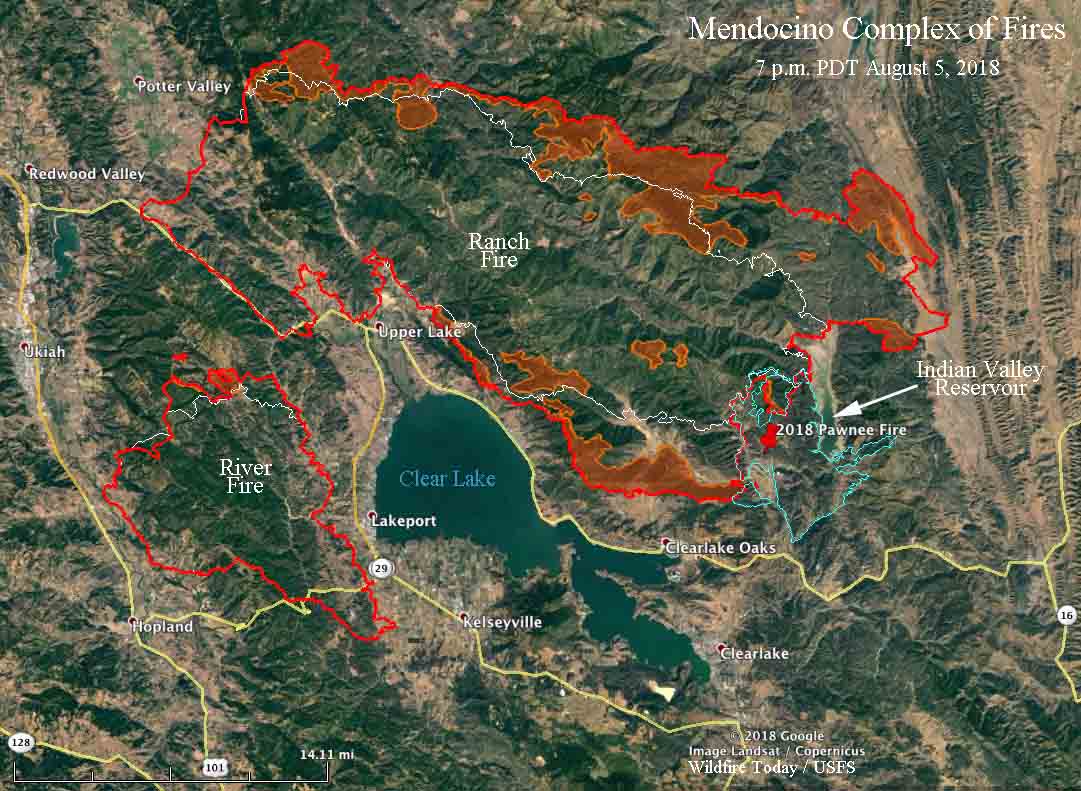
I write about wildland firefighting through the lens of having done the job in California and other regions for several decades. So it is interesting to read how it is perceived by a highly respected author whose specialty is entirely different.
Peter King has covered sports for almost 40 years and has been named National Sportswriter of the Year three times. Every week he publishes a lengthly article analyzing professional football in depth. When he wrote for Sports Illustrated the column was named Monday Morning Quarterback, but after his recent move to NBC Sports it was retitled Football Morning in America.
Mr. King probably does not know that wildland firefighters have been called “tactical athletes”, but in his August 20 column he briefly digressed to mention wildland firefighting and honor a firefighter who was killed by a falling tree on the Mendocino Complex of Fires in Northern California:
“…These are my other thoughts of the week:
“a. Story of the Week: Lizzie Johnson and Sarah Ravani of the San Francisco Chronicle on something too many of us not in the West don’t pay enough attention to—the amazing sacrifices fire fighters make to try to keep huge swaths of the western states from burning down.
“b. Thank you for your sacrifice, Matthew Burchett. Six fire fighters killed in California in this year alone.
“c. Via the fine reporting of Johnson and Ravani, this is how incident commander Sean Cavanaugh, on the front line of the fire, began his morning briefing the next day:
“Hey good morning,” Kavanaugh said at the group briefing. “As many of you are aware, last night we had a tragic incident affect one of our fellow firefighters. A lot of folks were affected by it, and a lot of folks will continue to be affected by it. So I want to start this meeting with a moment of silence.”
“For 22 seconds, no one spoke.
“d. Chills.”
(end of excerpt)
UPDATE: shortly after writing this article I replied to one of Mr. King’s tweets, saying, “Thank you for mentioning wildland firefighters in your Aug 20 FMIA column. Did you know that they have been called “tactical athletes”? Within minutes he replied back.
It is the least any of us can do for their immensely important work. Please tell them they are greatly admired. https://t.co/jT7wyr1rJL
— Peter King (@peter_king) August 26, 2018







